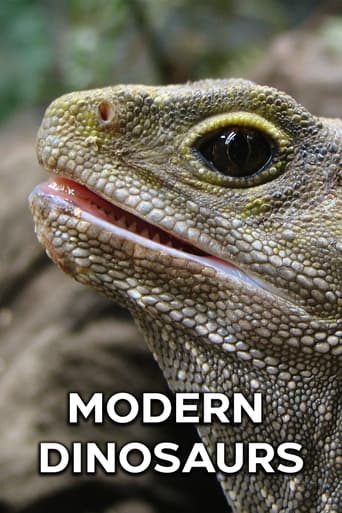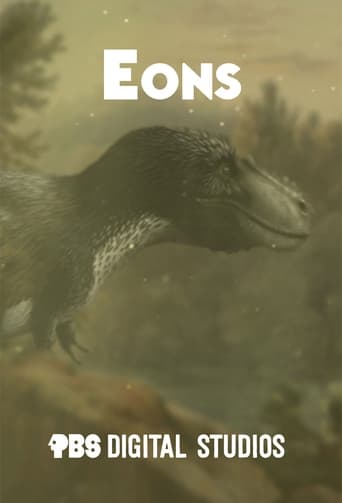
Trailer
Synopsis
Join hosts Hank Green, Kallie Moore, and Blake de Pastino as they take you on a journey through the history of life on Earth. From the dawn of life in the Archaean Eon through the Mesozoic Era — the so-called “Age of Dinosaurs” -- right up to the end of the most recent Ice Age. The evolutionary history of mammals including humans and other modern species is explored with these amazing paleontology experts.
Episode 39 : The Fuzzy Origins of the Giant Panda
December. 17,2019
How does a bear -- which is a member of the order Carnivora -- evolve into an herbivore? Despite how it looks, nothing about the history of the giant panda is black and white.
Episode 38 : The Forgotten Story of the Beardogs
December. 12,2019
Because of their strange combination of bear-like and dog-like traits, they’re sometimes confusingly called the beardogs. And even though you’ve never met one of these animals, the beardogs are key to understanding the history of an important branch of the mammal family tree.
Episode 37 : Why Male Mammoths Lost the Game
November. 26,2019
Woolly mammoths, our favorite ice age proboscidean, disappeared from Europe and North America at the end of the last ice age, about 10,000 years ago. Today, we’ve teamed up with TierZoo to solve one of the mysteries about these charismatic megafauna: why do most remains of mammoths found in the fossil record turn out to be male?
Episode 36 : When Giant Hypercarnivores Prowled Africa
November. 19,2019
These hyaenodonts gave the world some of its largest terrestrial, carnivorous mammals ever known. And while these behemoths were the apex predators of their time, they were no match for a changing world.
Episode 35 : How We Domesticated Cats (Twice)
November. 06,2019
A 9,500 year old burial in Cyprus represents some of the oldest known evidence of human/cat companionships anywhere in the world. But when did this close relationship between humans and cats start? And how did humans help cats take over the world?
Episode 34 : Were These Monsters Inspired by Fossils?
October. 29,2019
People have been discovering the traces and remains of prehistoric creatures for thousands of years. And they’ve also probably been telling stories about fantastic beasts since language became a thing. So, is it possible that the monsters that populate our myths and legends were influenced by the fossil record?
Episode 33 : When Hobbits Were Real
October. 22,2019
Its discoverers named it Homo floresiensis, but it’s often called “the hobbit” for its short stature and oddly proportioned feet. And it’s been at the center of a major controversy in the field ever since. Was it its own species? Or was it really just one of us? Or, could it even have descended from a whole lineage of hominins that we don’t even know about?
Episode 32 : The Case of the Dinosaur Egg Thief
October. 16,2019
Paleontologists found a small theropod dinosaur skull right on top of a nest of eggs that were believed to belong to a plant-eating dinosaur. Instead of being the nest robbers that they were originally thought to be, raptors like this one would reveal themselves to actually be caring parents.
Episode 31 : When Antarctica Was Green
October. 03,2019
Before the start of the Eocene Epoch about 56 million years ago--Antarctica was still joined to both Australia and South America. And it turns out that a lot of what we recognize about the southern hemisphere can be traced back to that time when Antarctica was green.
Episode 30 : When Giant Lemurs Ruled Madagascar
September. 25,2019
Just a few thousand years ago, the island of Madagascar was inhabited by giant lemurs. How did such a diverse group of primates evolve in the first place, and how did they help shape the unique environments of Madagascar? And how did they get winnowed down, leaving only their smaller relatives behind?
Episode 29 : How Pterosaurs Got Their Wings
September. 18,2019
When pterosaurs first took flight, you could say that it marked the beginning of the end for the winged reptiles. Because, strangely enough, the power of flight -- and the changes that it led to -- may have ultimately led to their downfall.
Episode 28 : When Bats Took Flight
September. 11,2019
Bats pretty much appear in the fossil record as recognizable, full-on, flying bats. And they show up on all of the continents, except Antarctica, around the same time. So where did bats come from? And which of the many weird features that bats have, showed up first?
Episode 27 : The Raptor That Made Us Rethink Dinosaurs
August. 28,2019
In 1964, a paleontologist named John Ostrom unearthed some fascinating fossils from the mudstone of Montana. Its discovery set the stage for what’s known today as the Dinosaur Renaissance, a total re-thinking of what we thought we knew about dinosaurs.
Episode 26 : The Missing Link That Wasn’t
August. 21,2019
The myth of the Missing Link--the idea that there must be a specimen that partly resembles an ape but also partly resembles a modern human--is persistent. But the reality is that there is no missing link in our lineage, because that’s not how evolution works.
Episode 25 : Was This Dinosaur a Cannibal?
August. 14,2019
Paleontologists have spent the better part of two decades debating whether Coelophysis ate its own kind. It turns out, the evidence that scientists have had to study in order to answer that question includes some of the strangest and grossest fossils that any expert would ever get to see.
Episode 24 : When Giant Deer Roamed Eurasia
August. 07,2019
Megaloceros was one of the largest members of the deer family ever to walk the Earth. The archaeological record is full of evidence that our ancestors lived alongside and interacted with these giant mammals for millennia. But what happened when they did interact, when humans met this megafauna?
Episode 23 : How Earth's First, Unkillable Animals Saved the World
July. 30,2019
They have survived every catastrophe and every mass extinction event that nature has thrown at them. And by being the little, filter-feeding, water-cleaning creatures that they are, sponges may have saved the world.
Episode 22 : How Volcanoes Froze the Earth (Twice)
July. 17,2019
Over 600 million years ago, sheets of ice coated our planet on both land and sea. How did this happen? And most importantly for us, why did the planet eventually thaw again? The evidence for Snowball Earth is written on every continent today.
Episode 21 : When We Met Other Human Species
July. 09,2019
We all belong to the only group of hominins on the planet today. But we weren’t always alone. 100,000 years ago, Eurasia was home to other hominin species, some of which we know our ancestors met, and spent some quality time with.
Episode 20 : When Ichthyosaurs Led a Revolution in the Seas
June. 25,2019
The marine reptiles Ichthyosaurs arose after The Great Dying, which wiped out at least 90 percent of life in the oceans, changing the seas forever and triggering a new evolutionary arms race between predator and prey.
Episode 19 : When the Synapsids Struck Back
June. 19,2019
Synapsids were the world’s first-ever terrestrial megafauna but the vast majority of these giants were doomed to extinction. However some lived on, keeping a low profile among the dinosaurs. And now our world is the way it is because of the time when the synapsids struck back.
Episode 18 : How Evolution Works (And How We Figured It Out)
June. 11,2019
As a scientific concept, evolution was revolutionary when it was first introduced. With the help of all three of our hosts and the Smithsonian National Museum of Natural History’s new Deep Time Hall, we’ll try to explain how evolution actually works and how we came to understand it.
Episode 17 : The Hellacious Lives of the "Hell Pigs"
June. 05,2019
Despite the name, we don’t know where the so-called “hell pigs” belong in the mammalian family tree. They walked on hooves, like pigs do, but had longer legs, almost like deer. They had hunched backs, a bit like rhinos or bison. But as is often, if not always, the case, there is some evolutionary method to this anatomical madness.
Episode 16 : The History of Climate Cycles (and the Woolly Rhino) Explained
May. 30,2019
Throughout the Pleistocene Epoch, the range of the woolly rhino grew and shrank in sync with global climate. So what caused the climate -- and the range of the woolly rhino -- to cycle back and forth between such extremes?
Episode 15 : The Ghostly Origins of the Big Cats
May. 16,2019
All of today’s big cat species evolved less than 11 million years ago and yet their evolutionary history remains an almost total mystery. But scientists have recently discovered a major clue about the origins of the big cats, one that could provide a whole new starting place for solving this puzzle.
Episode 14 : When We Took Over the World
May. 07,2019
From our deepest origins in Africa all the way to the Americas, by looking at the fossils and archaeological materials we have been able to trace the path our ancestors took during thee short window of time when we took over the world.
Episode 13 : The Croc That Ran on Hooves
May. 01,2019
In the Eocene Epoch, there was a reptile that had teeth equipped for biting through flesh, its hind legs were a lot longer than its front legs and instead of claws, its toes were each capped with hooves. How did this living nightmare come to evolve?
Episode 12 : The Mystery Behind the Biggest Bears of All Time
April. 23,2019
The short-faced bears turned out to be remarkably adaptable, undergoing radical changes to meet the demands of two changing continents. And yet, for reasons we don’t quite understand, their adaptability wasn’t enough to keep them from going extinct.
Episode 11 : When We Tamed Fire
April. 09,2019
The ability to make and use fire has fundamentally changed the arc of our evolution. The bodies we have today were, in many ways, shaped by that time when we first tamed fire.
Episode 10 : When Giant Scorpions Swarmed the Seas
April. 02,2019
Sea scorpions thrived for 200 million years, coming in a wide variety of shapes and sizes. Over time, they developed a number of adaptations--from crushing claws to flattened tails for swimming. And some of them adapted by getting so big that they still hold the record as the largest arthropods of all time.
Episode 9 : When We First Made Tools
March. 26,2019
The tools made by our human ancestors may not seem like much when you compare them to the screen you’re looking at right now but their creation represents a pivotal moment in the origin of technology and in the evolution of our lineage.
Episode 8 : The Giant Bird That Got Lost in Time
March. 12,2019
The California condor is the biggest flying bird in North America, a title that it has held since the Late Pleistocene Epoch. It's just one example of an organism that we share the planet with today that seems lost in time, out of place in our world.
Episode 7 : The Island of Huge Hamsters and Giant Owls
March. 05,2019
Back in the late Miocene epoch, there was an island--or maybe a group of islands-- in the Mediterranean Sea that was populated with fantastic giant beasts. It’s a lesson in the very strange, but very real, powers of natural selection.
Episode 6 : How 7,000 Years of Epic Floods Changed the World
February. 27,2019
Strange geologic landmarks in the Pacific Northwest are the lingering remains of a mystery that took nearly half a century to solve. These features turned out to be a result one of the most powerful and bizarre episodes in geologic history: this region experienced dozens of major, devastating floods over the course of more than 7,000 years.
Episode 5 : The Evolution of the Heart (A Love Story)
February. 13,2019
In order to understand where hearts came from, we have to go back to the earliest common ancestor of everything that has a heart. It took hundreds of millions of years, and countless different iterations of the same basic structure to lead to the heart that you have today.
Episode 4 : The Island of Shrinking Mammoths
February. 05,2019
The mammoths fossils found on the Channel Islands off the coast of southern California are much smaller than their relatives found on the mainland. They were so small that they came to be seen as their own species. How did they get there? And why were they so small?
Episode 3 : The Humans That Lived Before Us
January. 29,2019
As more and more fossil ancestors have been found, our genus has become more and more inclusive, incorporating more members that look less like us, Homo sapiens. By getting to know these other hominins--the ones who came before us--we can start to answer some big questions about what it essentially means to be human.
Episode 2 : How Blood Evolved (Many Times)
January. 15,2019
Blood is one of the most revolutionary features in our evolutionary history. Over hundreds of millions of years, the way in which blood does its job has changed over and over again. As a result, we animals have our familiar red blood. But also blue blood. And purple, and green, and even white.
Episode 1 : When Humans Were Prey
January. 08,2019
Not too long ago, our early human ancestors were under constant threat of attack from predators. And it turns out that this difficult chapter in our history may be responsible for the adaptations that allowed us to become so successful.
Seasons
Similar titles
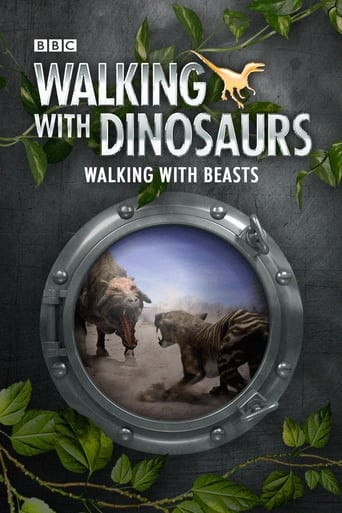
Walking with Beasts
Walking With Prehistoric Beasts explores how life on earth first began. Using real footage, the series goes inside the body of our monster ancestors. For the first time, morphing technology is used to reveal how our ancestors evolved.
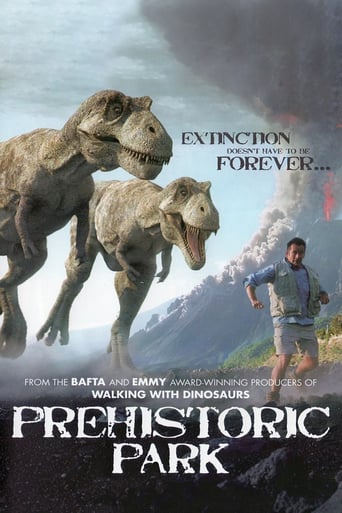
Prehistoric Park
Using his knowledge of today’s animal kingdom and the latest research, wildlife adventurer Nigel Marven uses a time portal to take him into the past, on a quest to rescue long lost prehistoric creatures.
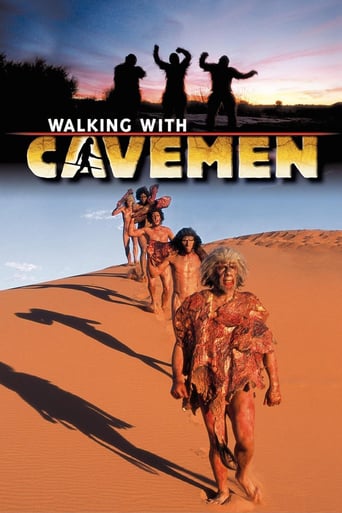
Walking with Cavemen
Professor Robert Winston meets Lucy, the first upright ape, and follows her ancestors on the three-million-year journey to civilisation.
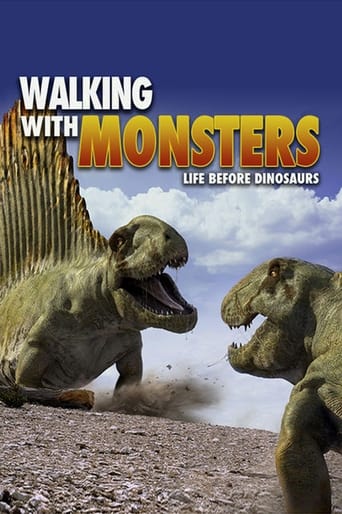
Walking with Monsters
A three-part British documentary film series about life in the Paleozoic, bringing to life extinct arthropods, fish, amphibians, synapsids, and reptiles. Narrated by Kenneth Branagh and using state-of-the-art visual effects, this prequel to Walking with Dinosaurs shows nearly 300 million years of Paleozoic history, from the Cambrian Period (530 million years ago) to the Early Triassic Period (248 million years ago).
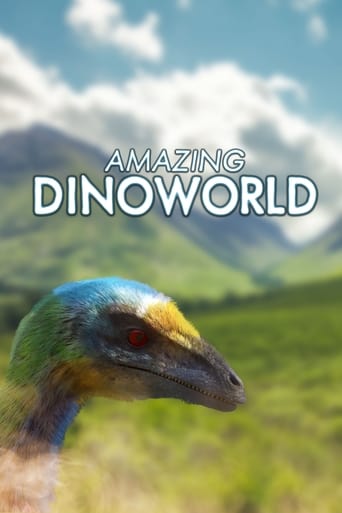
Amazing Dinoworld
New discoveries of dinosaur fossils are completely changing what we know about the animals that lived on our planet millions of years ago.
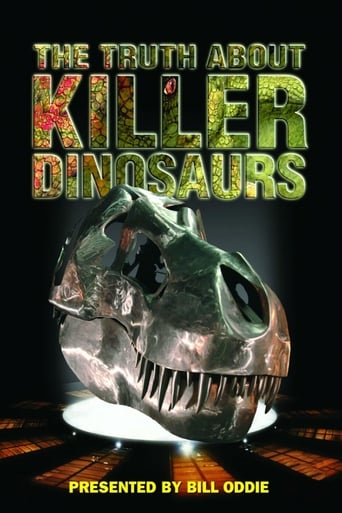
The Truth About Killer Dinosaurs
In the ultimate clash of the titans, the giants of prehistory engage in mortal combat.

Clash of the Dinosaurs
For the first time in 65 million years, innovative imaging technology enables viewers to see deep inside the body of a dinosaur to reveal the secrets of these ultimate prehistoric survival machines. Combining cinematic photo-real 3d graphics and leading-edge anatomy and paleontology, "Clash of the Dinosaurs" is a four-part special that peels back the skin, muscles and bones to show how they survived in such a violent world.
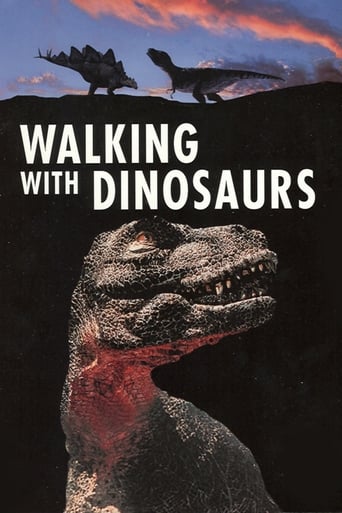
Walking with Dinosaurs
Combining fact and informed speculation with cutting-edge computer graphics and animatronics effects, the series set out to create the most accurate portrayal of prehistoric animals ever seen on the screen.
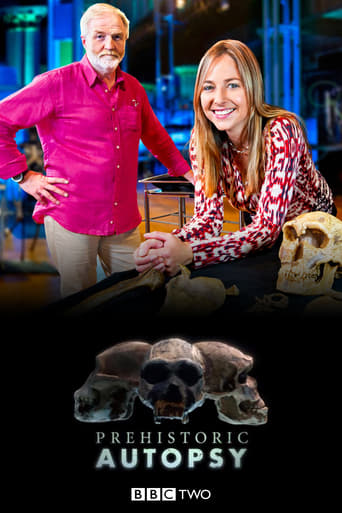
Prehistoric Autopsy
A journey into our evolutionary past, piecing together the bodies of our prehistoric family.
Top Streaming TV Show
#1

Ikaw
November. 12,2021
5.9
#2

Dexter: New Blood
November. 07,2021
8.1
#3

Money Heist
May. 02,2017
8.4
#4

Chicago Fire
October. 10,2012
8
#5

Emily in Paris
October. 02,2020
6.9
#6

The Witcher
December. 20,2019
8
#7

Yellowstone
June. 20,2018
8.7
#8

Squid Game
September. 17,2021
8
#9

The Bachelorette
September. 23,2015
5.3
#10

See
November. 01,2019
7.6


